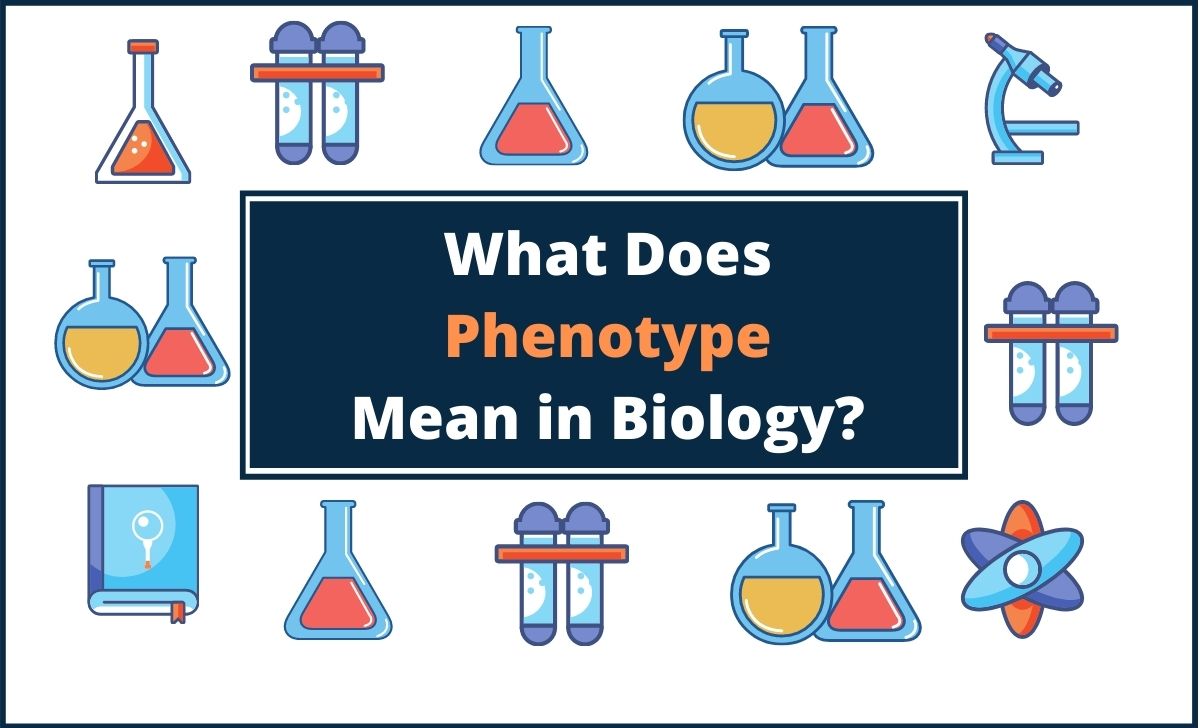Enrich your knowledge with our informative blogs
What is Phagocytosis in Biology?

Phagocytosis is a process that occurs when the living cells try to destroy foreign particles or pathogens like an infected cell or bacteria by engulfing them in lytic enzymes. The phagocytosis process is also observed in single-celled organisms like amoeba during food particles’ ingestion.
While we talk about the human body, these cells protect the body by ingesting harmful pathogens like bacteria, viruses, and other infected cells. It is considered the vital aspect of the immune system undertaken by special cells like macrophages and neutrophils.
Types of Phagocytosis!
The particles commonly phagocytosed by White blood cells contain dead tissue cells, bacteria, several dust particles, protozoa, pigments, and other tiny foreign bodies. In humans, in vertebrates, the most effective phagocytic cells are two types of WBCs. One is macrophages that are large phagocytic cells, and the other is neutrophils, a kind of granulocyte.
Macrophages: The macrophages occur in the lymph nodes, lungs, spleen, and liver, where their purpose is to free the airways, bacteria’s lymph, blood, and other particles. These are also found in all the tissues as wandering amoeboid cells. The monocyte, which is a precursor of macrophage, is located in the blood.
Neutrophils: The neutrophils are the smaller phagocytized carried by circulating the blood until they reach an infected tissue’s area. Here they pass throughout the blood vessel wall and lodge in that particular tissue.
Both neutrophils and macrophages are drawn towards infected areas or inflammation using substances given off by bacteria. Neutrophils may also swallow up the particles later than colliding with them unintentionally.

Visualize the in-depth understanding of the natural world!
Biology would sound more interesting when your curiosity levels are satisfied with better visuals & logical explanations.
Categories
Recent Posts
- List of the qualities you should look for in your tutors?
- What is the most useful formulas in math?
- Describe the process of eating to defecation of food?
- Difference between the natural and artificial active response by the immunology system.
- Explain the different circle theorems
- How are nerve cells adapted to their function?










